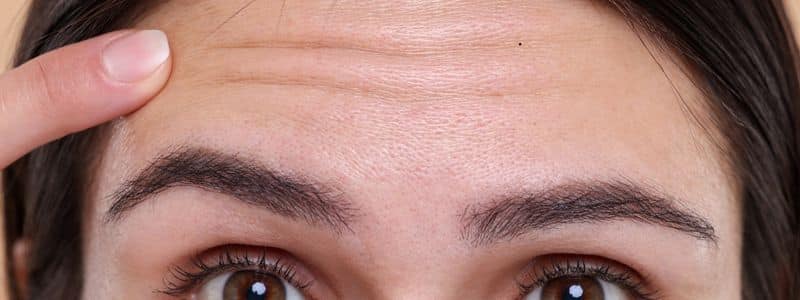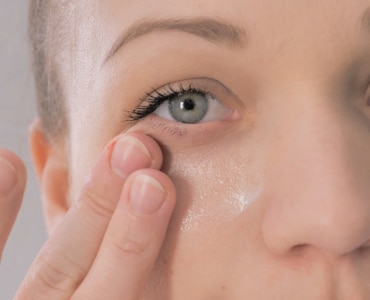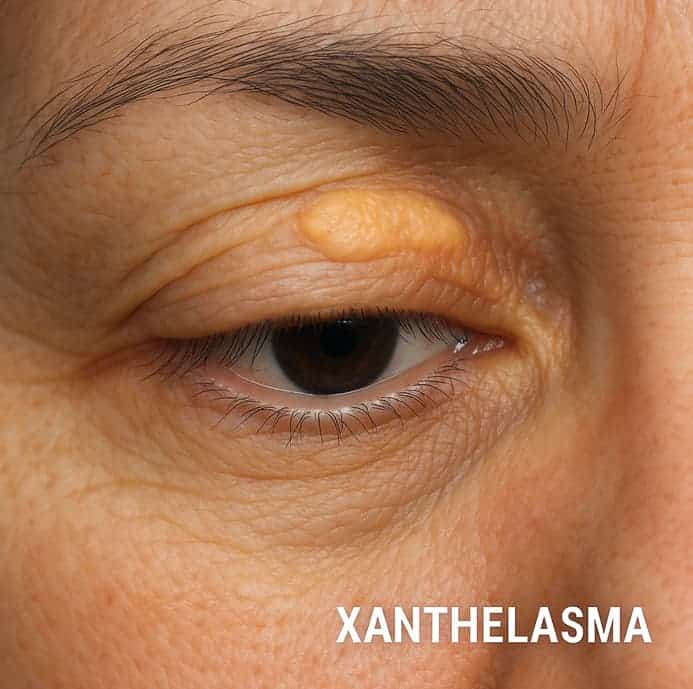When should you consider eyelid surgery?
Eyelid surgery is generally intended for people who want a youthful and vital appearance. However, the need is not always purely aesthetic, and sometimes there are various needs that negatively affect our daily functioning. Below are various factors in which we recommend considering eyelid surgery. People who experience a reduction in their field of vision due to partial drooping of the upper eyelids. People whose eyelids give them a tired appearance of excess fat bags under their eyes. An appearance that harms self-confidence, as well as those who have experienced various injuries that have led to changes in the structure of the eyelids. In these cases, eyelid surgery may be most beneficial.Common types of eyelid surgery
There are several different eyelid surgeries on the market today. Each one provides a slightly different treatment. Below are the eyelid surgeries we offer:Upper eyelid surgery
One of the first areas to show the natural aging process is the forehead and eyes. Over the years, as the skin loses elasticity and the tissues weaken, the eyelids and eyebrows begin to droop. Eyelid surgery, or blepharoplasty, significantly improves the appearance of the eyes and face. The surgery restores the youthful contours of the upper part of the face. The procedure can be performed on the upper eyelid, lower eyelid, or both. Beyond its aesthetic importance, the surgery may significantly expand the field of vision. Although the surgery is a relatively common treatment, eyelid surgeons must be experienced and very professional, as surgical work around the eyes requires a very high level of skill. (More on upper eyelid surgery here)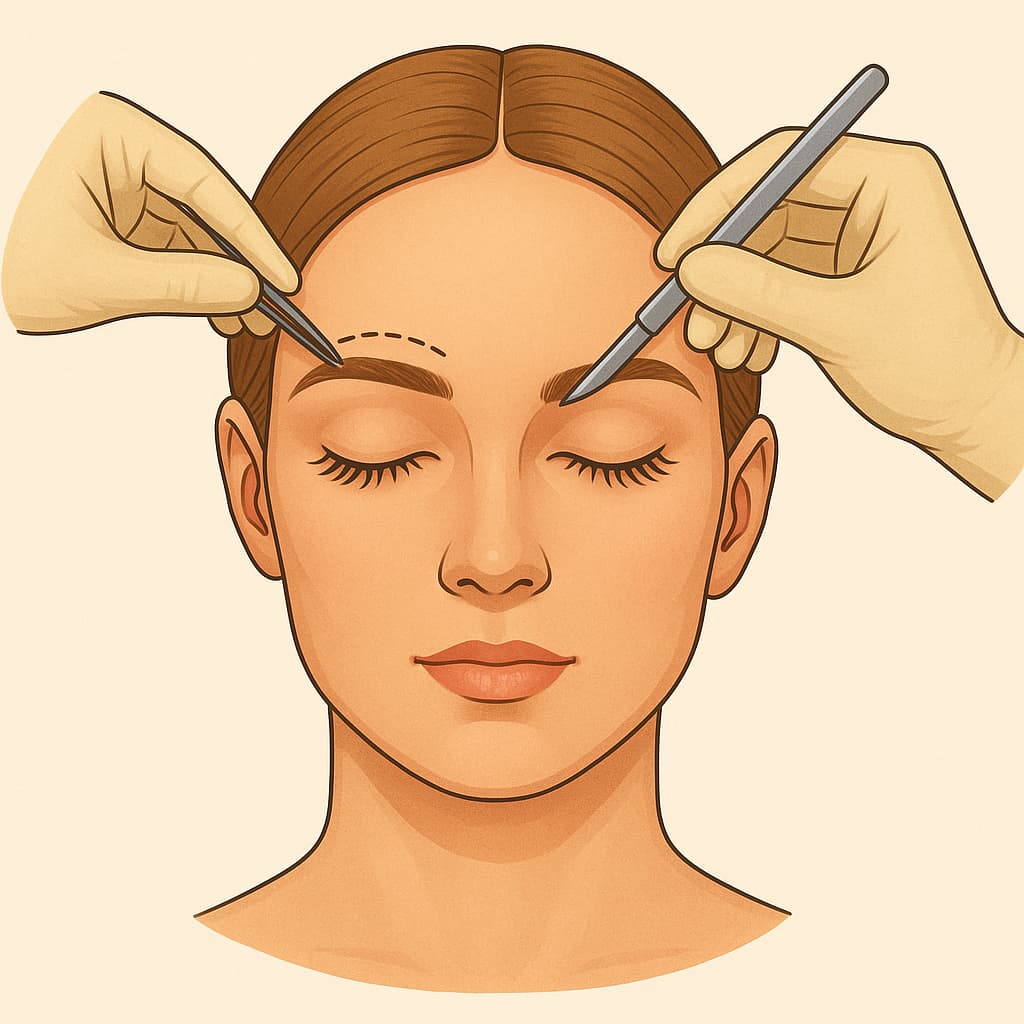
Lower eyelid surgery
Due to symptoms such as excess fat at the bottom of the eyelid, eyelid weakness or overactivity of the expression muscle, lower eyelid surgery is recommended. This surgery is customized for each patient and its main goal is to remove the protruding fat bags under the eyelids. The surgery is performed by making a fine incision in the conjunctiva and removing the fat, such an operation does not leave a significant aesthetic scar. Sometimes there will also be a need to strengthen the subcutaneous muscle in order to restore the elasticity of the skin. It may also be necessary to perform an eyelid tightening procedure, partially removing the tendons surrounding the eye socket. The swelling that may occur as a result of the surgery will gradually decrease within about two weeks. The extent of the swelling itself depends, of course, on the type of surgery performed. Lower eyelid surgery is an excellent solution for those suffering from fat bags, excess skin, or weakness in the eyelids. The surgery will give the patient a vital and youthful appearance. (More about lower eyelid surgery here)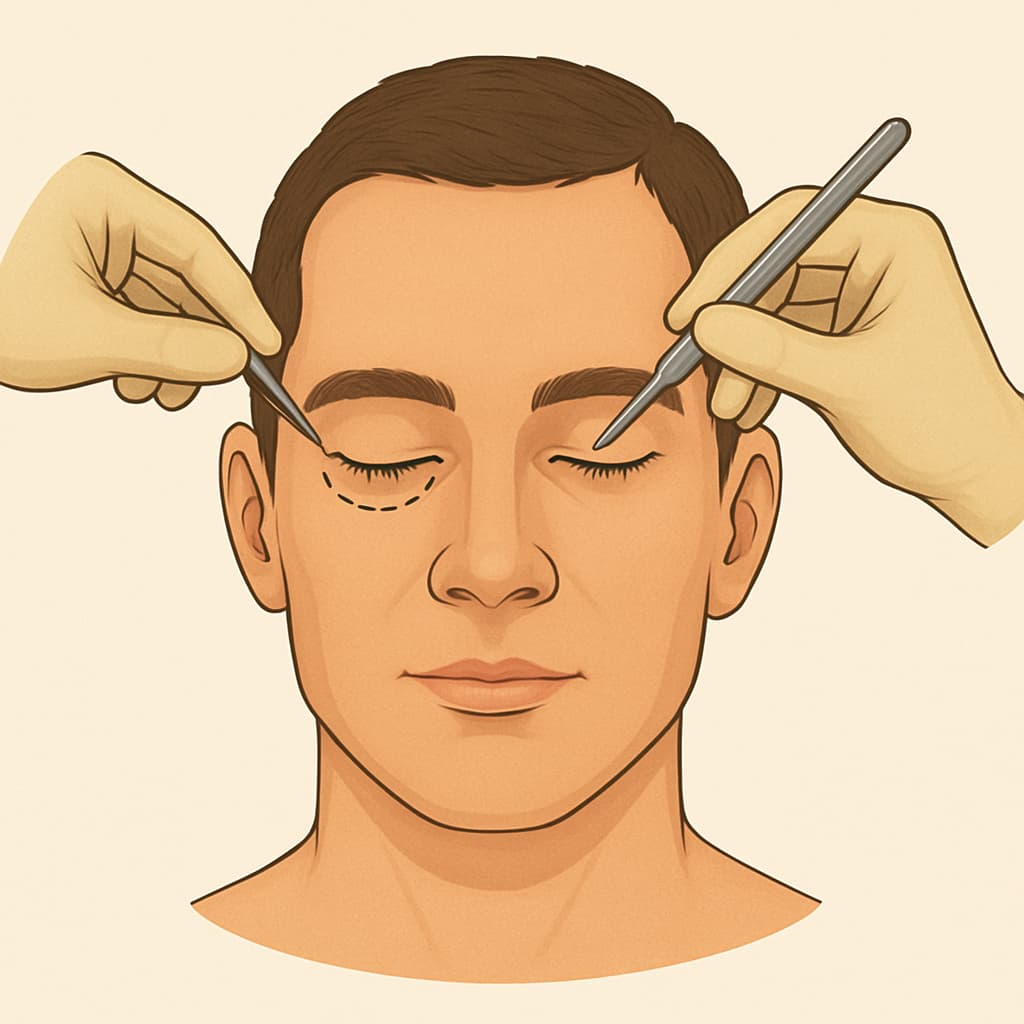
Medical eyelid surgery
In cases where the physiological changes that usually occur during old age lead to drooping of the upper eyelids – a phenomenon known as ptosis. Such a condition is characterized by the upper eyelid being positioned low relative to the position of the lower eyelid in relation to the natural axis of vision, that is, to the position of the center of the pupil. Both various injuries or extensive use of contact lenses and various neurological diseases may trigger the phenomenon. Ptosis affects both the aesthetic appearance and the function of the entire visual system. During the procedure, excess fat, skin, or muscle will be removed depending on the surgeon’s diagnosis. Correcting drooping upper eyelids is not very complicated and, as a rule, the surgery is recommended and common. The recovery period from it is also not particularly long. (More about eyelid surgery here)Eyebrow and forehead lift surgeries
Despite their similarities, brow lift surgery is very different from an eyelid lift procedure. Both the location of the surgery itself and its results are fundamentally different. Brow lift surgery is intended for cases where there is a need to restore the natural and vital appearance of the face that has been damaged over time due to natural facial sagging that occurs over the years. The surgery allows for the opening of the eye area, resulting in a fresh and youthful appearance. If the sagging process is still in its early stages, injections may be able to restore the desired facial appearance, but certain cases require a more comprehensive response performed through a surgical procedure. Over the years, we tend to lose the volume of fatty tissues in the face, in the eyelids, eyebrows and forehead, as well as in the lower jaw lines. It is usually recommended to perform the surgery with the insertion of autologous fat taken from other areas in order to facilitate the recovery process. There are several types of eyebrow lift surgery: endoscopic eyebrow lift or direct lift (more on eyebrow and forehead lift surgeries here).Cholesterol deposits in the eyelids
Xanthelasma sometimes appears on the eyelids and around the eyes. This phenomenon is very common and is manifested by the appearance of yellowish lesions on the skin. These lesions arise from cholesterol deposits. This phenomenon can indicate various problems, especially the presence of too much cholesterol in the blood vessels. Therefore, in addition to aesthetic treatment, it is important to also consider contacting a doctor who specializes in the field. The recommended procedure is to remove the lesions for aesthetic reasons. Other non-invasive treatments may only provide a partial response, so it is recommended to perform the entire surgical procedure. In cases where it is not possible to remove the entire lesion, a series of small surgeries are required to achieve the desired result. (More on surgeries that treat cholesterol deposits here)The causes and symptoms that require eyelid surgery
The areas around our eyes are among the first to show signs of aging and poor health. Both natural and traumatic or medical changes can affect the appearance and function of the eyelids. Such cases may necessitate a surgical procedure. The various surgeries are designed to improve and cure as much as possible a wide range of aesthetic conditions, from drooping eyelids and excess fat, From drooping eyebrows and the appearance of bags and swelling to problems affecting the field of vision. The various causes can be divided into four main ones:- The natural aging process. Like other tissues in our body, the eyelids also change over the years. Various changes occur in the function of the skin, muscle, and fatty tissues. A common example of this is the loss of skin elasticity. As the skin becomes thinner and thinner, it loses its ability to contract and stretch back, which leads to the formation of excess skin. Added to this phenomenon is the weakening of the muscles responsible for lifting the eyelid, as well as the emergence of various swellings due to the migration of fat from the eye socket to the outer part of the eyelid.
- Some people have genetics that cause excess skin to develop and cause swelling or drooping of the eyelids regardless of their age. Some are even born with various folds in the eyelids that can make them look tired even in childhood. In such cases, the surgeries are designed to rejuvenate the facial skin and create an appearance that is consistent with the patient’s age.
- There are a number of diseases and medical conditions that also affect the appearance of the eyelids, either directly or indirectly. For example, blepharitis is an inflammatory condition of the eyelids that causes redness and sometimes changes in the eyelid itself. Similarly, seasonal or other allergies can cause thickening and changes in the shape of the eyelids. Various autoimmune diseases, such as Graves’ disease, can also negatively affect thyroid function and lead to swelling around the eyes. Such diseases, of course, require comprehensive medical treatment, but many will find various eyelid surgeries to be an aesthetic solution that complements the required medical procedures.
- Various traumatic injuries can also cause various damages to the structure of the eyelids, both temporary and permanent. Scars caused by injury, various infections that affect the proper position of the eyelids, direct injury to the muscle that lifts the eyelid, and more. Similar to diseases, treatment of the injury itself must be immediate and satisfactory, but a complementary aesthetic solution can be found in various eyelid surgeries.
